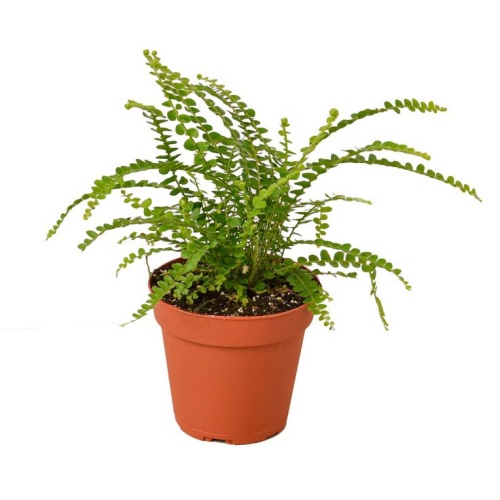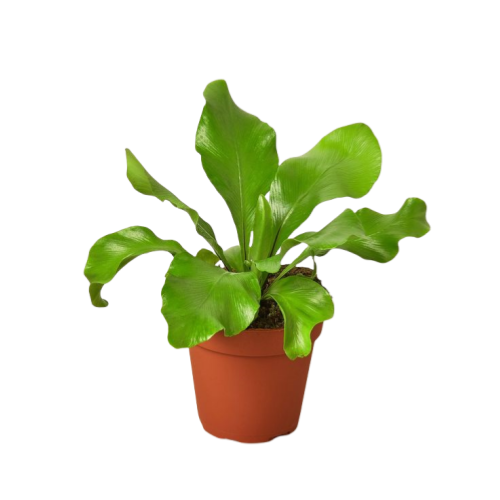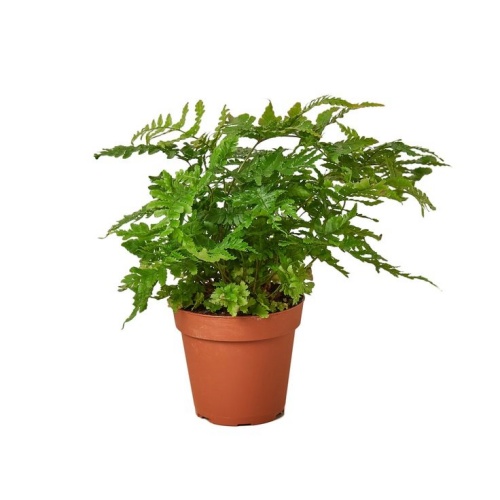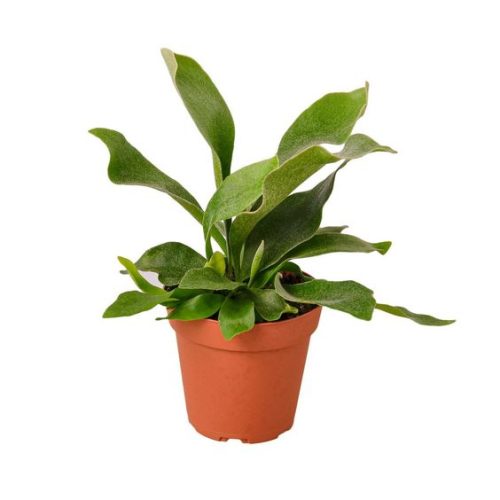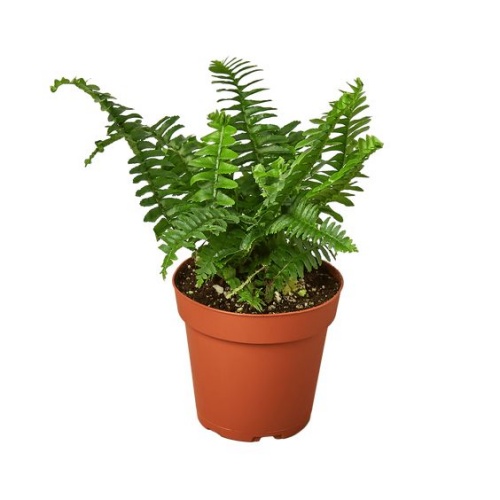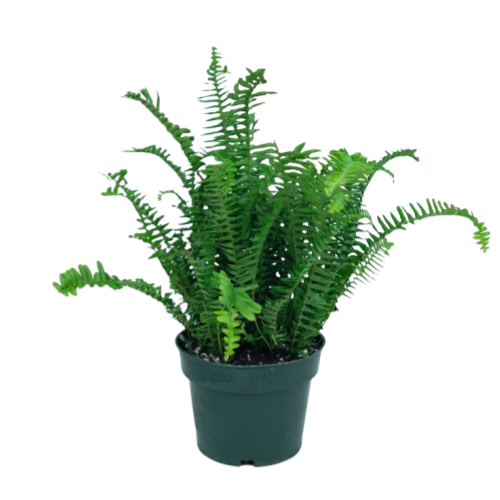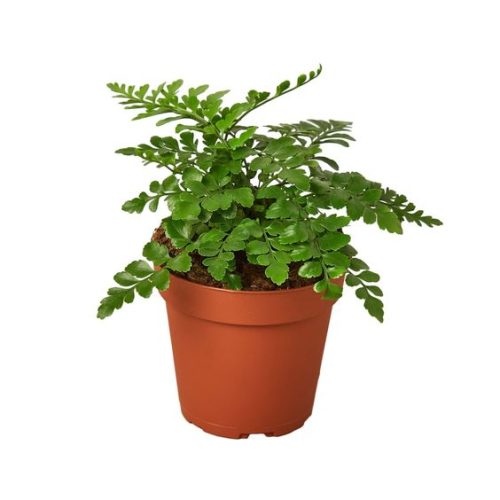Batani batani
Kulemeletsa
Mafotokozedwe Akatundu
Buku la mandimu: Kukongola kopambana mu chilengedwe ndi minda
The Lemon Button Fern: Nature’s Tiny, Hardy, and Humble Fashion Statement
Batani batani (Sayansi: Pellae Wobiriwira aliyense wobiriwira amakhala ndi awiriawiri ozungulira, zobiriwira kwambiri, masamba onyengerera omwe amatha kufikira masentimita 4 kutalika. Masamba ndi osalala komanso owoneka bwino, ofanana ndi mzere wa mabatani mawonekedwe ndi kukula kwake, ndikupereka mtengo wapamwamba kwambiri wokongoletsera.
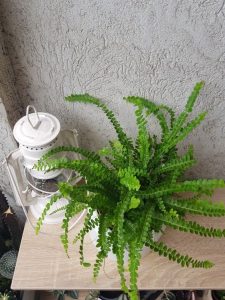
Batani batani
It grows in shrubberies and forests and is a popular choice for both garden and indoor settings. The Button Fern does not tolerate high temperatures or cold well, with an optimal temperature range of 20°C to 28°C. It requires acidic, well-drained soil and, like most ferns, thrives in a humid environment. Primarily found in subtropical regions worldwide, its native range includes New Zealand, Australia, and Norfolk Island. This plant has been honored with the Royal Horticultural Society’s Award of Garden Merit.
Pellae
Lemon Button Fern, commonly known as the Button Fern, is a small, semi-evergreen to evergreen fern and a perennial drought-tolerant plant. It reaches a height of about 15 centimeters with a short, upright rhizome densely covered in maroon-black scales. The fern’s petioles are chestnut-colored, glossy, and cylindrical, and the once-pinnately compound fronds grow in clusters, reaching 30-45 centimeters in height, with 20-40 pinnae that are opposite leaves, circular to broadly oblong in shape, measuring 0.6-1.2 centimeters in length. Over time, the petioles gradually turn a deep red. The leaves are smooth and glossy, resembling rows of buttons, with the apical pinnae being oval to hastate-ovate, each pinna having a short stalk, entire margin, and slightly toothed or spiny.
Lemon Button Fern’s Stealthy Spores: A Close-up on Their Slick Operation
Kuyeza kwa batani Fern ndi kwaulere, ndi mitsempha yabwino kwambiri yokhazikika kawiri kapena katatu ndipo osafikira tsamba la masamba, ndikuwapangitsa kukhala kosawoneka bwino kumtunda. Masamba ndi opanga corsiaus placeure, yosalala kukhudza. The Sporrandia ndi yaying'ono, yomwe ili pamiyeso kapena zigawo zapamwamba za mitsempha, ndipo mukakhwima, nthawi zambiri amakula posachedwa ndikulowa mu mawonekedwe. Amasowa paraphyses (tsitsi), ndipo Indus ndi yozungulira, yopangidwa ndi kuloza kumbuyo kwa tsamba malire mkati mwa nsonga ya mtsempha. Malo omwe ali pakati pa supuni ndi masamba a masamba a masamba kuti apange m'mphepete mwa masamba obiriwira, ndipo m'mbali mwa The Indusmoum nthawi zambiri imakhala ndi mano ang'onoang'ono kapena cilia. Spores ndi ozungulira komanso owoneka bwino, okhala ndi malo abwino oyera, ndipo nthawi zina amakwinya.
Nature’s Cliffhanger: The Versatile Habitat of the Lemon Button Fern
Wofulumira uyu amayenda bwino m'matanthwe a miyala, ma rote crevices, ndi madera onyowa otseguka otseguka, koma nthawi zina zimatha kupezeka kumadera ophuka mitengo. Amalimidwa makamaka mu zokongoletsera monga mabasiketi olemetsa kapena matebulo. Chomerachi chimagawidwa makamaka m'magawo oyanditsika, ndi chiyambi chake ku New Zealand, Australia, ndi Norfolk Island. Atakulitsidwa bwino, wabzalidwa m'minda ndi ma consel padziko lonse lapansi.





